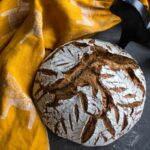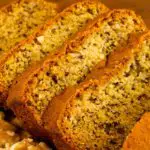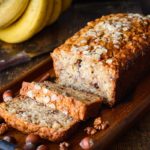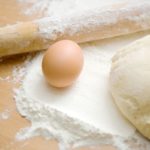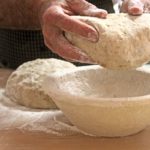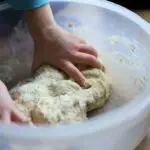You may have recently started baking bread at home. There is a step when it comes to making bread, that some bakers struggle with, how to score bread dough.
By scoring the surface of the dough, you can create pretty-looking designs. It helps to make your bread look even more attentive and tempting to eat.
However, if you have never done it before it can be a daunting task, as you only get one go at it, for each loaf.
In this article, we will be discussing how to score bread.
Why Do You Score Bread?
When we say score, what we mean is cutting intricate patterns into the dough surface. Scoring is usually seen on sourdough bread or crusty white bread. This is because they both form a crackly and crisp surface once baked.
In the oven, your bread dough wants to expand. Therefore, the deep scores in your bread allows you to control where the bread expands. If you don’t score the bread, then you will notice a blowout somewhere else on your bread.
How Do You Get A Good Score On Your Bread?
For scoring bread, you need to think about the tools that you are using. Ideally, you want to use a scoring blade, this can be some form of a sharp blade or a pair of sharp scissors.
Professional bakers like to use a bread lame, which is a kind of razor blade that has been fixed to a handle. Yet it is really easy to use so that you can score easily.
It is up to you whether you use a straight blade or a curved blade. In addition to that, it is important to change your blade often, to make sure that it is as sharp as it can be.
However, you want to be quick when it actually comes to scoring your bread dough, using a single and smooth cutting motion. Also, you may want to apply some excess flour to the dough surface to help you against any sticky dough.
How Do You Score Bread Dough For Beginners?
Once you have chosen your scoring tool, you can begin scoring your bread dough. As a beginner, start off by choosing a simple pattern to score into your bread dough.
Then, as you get more confident, you can start to score more intricate bread designs.
Simple patterns to start off are crosses, squares, or hashtags.
When scoring with a straight blade, then you need to hold your blade lightly in your hand at a 90-degree angle. Now you can lightly score into your dough.
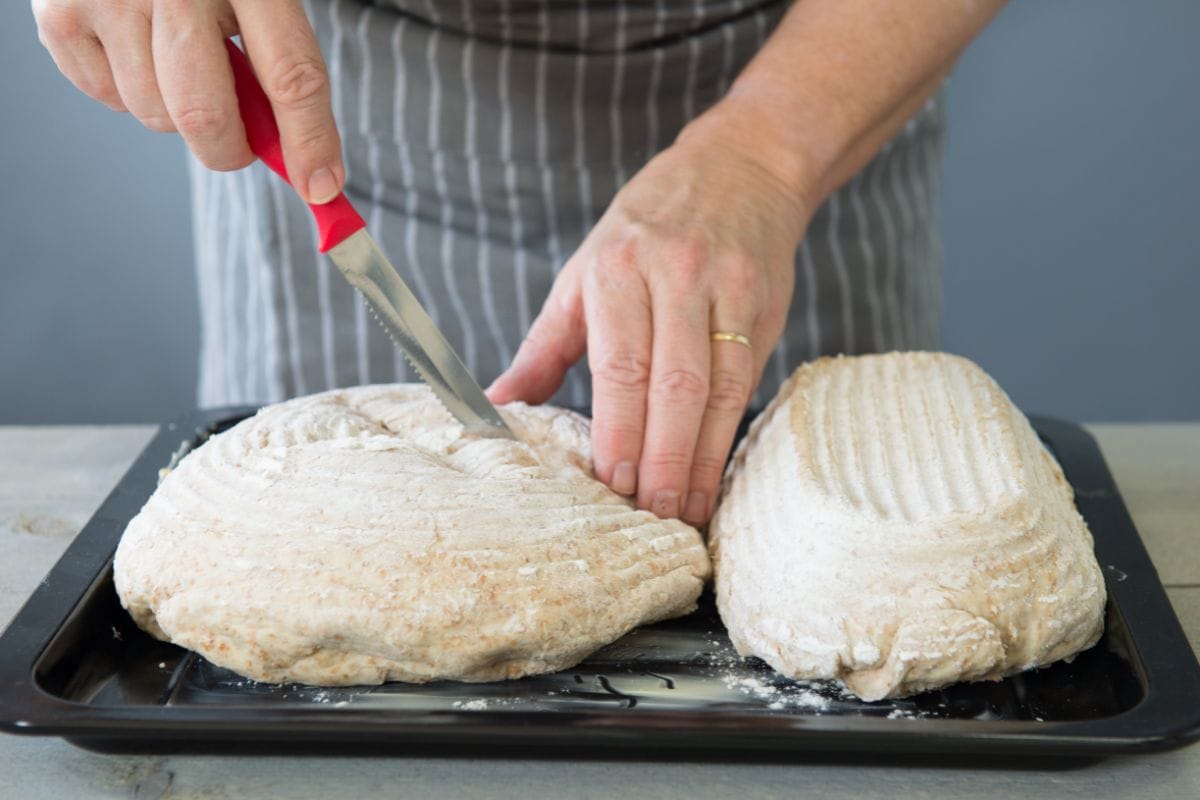
With a straight blade, you will need to score slightly deeper than you would with a curved blade. You should try to aim for a score that is around 1/4 to 1/2 an inch deep.
If you score the dough too deeply, then the bread will open up too. The bread will lose structural integrity and won’t be able to support itself. Although, if you just want decorative slashes, then you should don’t need to cut that deep at all.
The deeper you cut, the more your bread will open up. However, you shouldn’t cut deeper than 1/2 an inch. Sometimes the blade drags, but this isn’t anything to worry about. Some bakers have found that warm dough or wet dough is difficult to score effectively.
You may decide to use kitchen scissors to score your dough. It’s best to use scissors when your dough’s surface is covered with seeds or grains.
As the blade wouldn’t be able to cut through these additions to the bread dough. Scissors will give you clean and precise cuts.
With scissors, you should hold them in your hand, and position them at a 15-degree angle on the surface of the dough. Then you can produce as many snips into the dough as you require.
Do I Score My Bread Before Or After Proofing?
Generally, you will score bread dough after it has completed its final proof. The slits, made from scoring, help to control how your dough rises one final time in the oven. The baking process can be a scary moment for all bread bakers.
Baguettes and sourdough bread are always scored moments before they go into the oven. Then, the intense heat of the oven, makes the bread dough expand.
As a result, most recipes call for you to score your bread dough after proofing for better oven spring. Therefore, you shouldn’t try to score your bread before proofing, as you won’t achieve the same effect, and your intricate pattern may not work on your finished loaf.
What Happens If You Don’t Score Your Bread?
As we have mentioned, scoring bread dough has an aesthetic purpose, but also helps to control the rise of your bread dough. If you don’t score the dough, then the dough could rise rapidly and any weak spots in your bread dough could burst open.
Even when scoring bread, runs some risks of your bread bursting in the oven. You need to be quick when it comes to scoring bread dough. Ideally, you should only spend 2 to 20 seconds scoring with a razor blade.
If scoring is going to take longer due to intricate patterns, then you can put the dough in the freezer for 10 minutes to harden the dough surface. The cold dough will create a taut surface for you to cut into.
Conclusion
When you score bread dough, you need to use a very sharp knife, kitchen scissors, or a sharp blade to create patterns on the dough surface. The scoring pattern can be a straight line, diagonal slashes, or a crescent moon shape, to name a couple.
In this article, we have shown you how to score bread. Scoring bread helps to create a final baked loaf that looks really attractive to eat.

